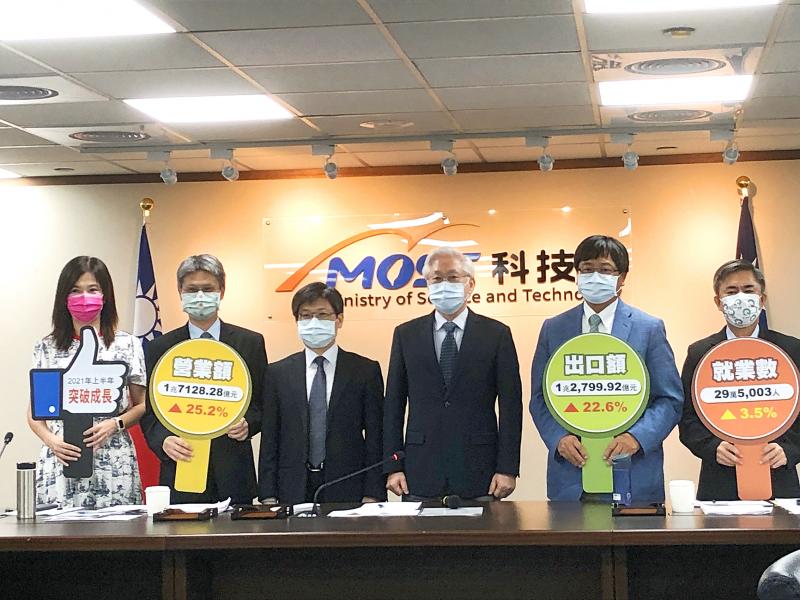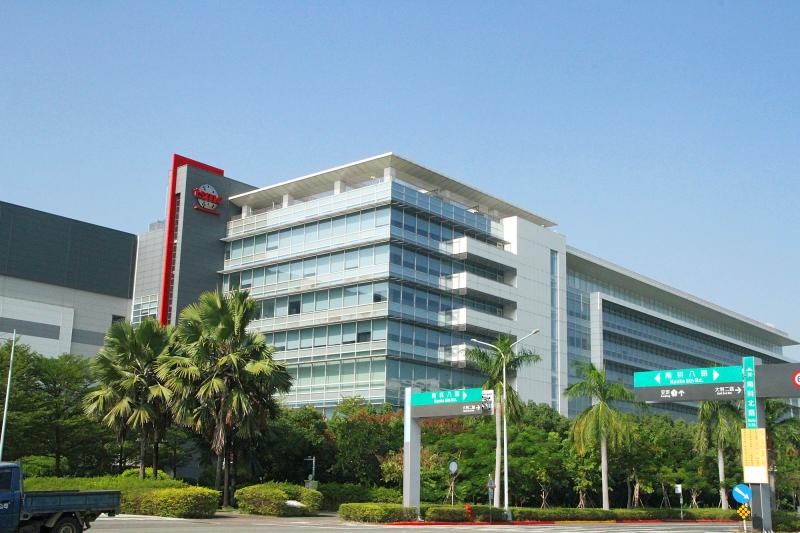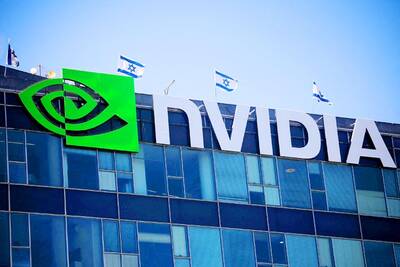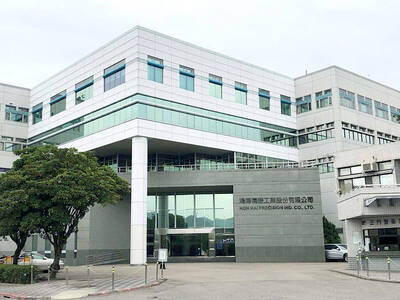Taiwan’s three science parks posted a record combined revenue of NT$1.71 trillion (US$61.69 billion) for the first half of this year, up 25.2 percent year-on-year and the fastest increase in almost eight years, the Ministry of Science and Technology told a news conference in Taipei yesterday.
The three parks — Hsinchu Science Park (新竹科學園區), the Central Taiwan Science Park (中部科學園區) and the Southern Taiwan Science Park (南部科學園區) — generated combined exports of about NT$1.28 trillion in the first six months of the year, also a new high, the ministry said.
The ministry attributed the the three science parks’ performance to continued global demand for 5G, high-performance computing and other new tech applications.

Photo: CNA
The three parks provided jobs for 295,000 people, up 3.5 percent year-on-year and also a new high, it said.
Imports to the parks totaled NT$493.08 billion, up 22.5 percent year-on-year, on increased prices of raw materials and electronic components, the ministry said.
Hsinchu Science Park posted revenue of NT$743.97 billion in the first half of the year, up 31.42 percent annually, thanks to growth in demand for electronics, and information and communications technology, as well as other high-tech products, the ministry said.

Photo: CNA
Central Taiwan Science Park reported revenue of NT$482.79 billion over the same period, up 11.48 percent year-on-year, mostly on continued demand for 5G, artificial intelligence, automotive electronics and high-performance computing applications.
Southern Taiwan Science Park, home to the most advanced 5-nanometer chip making process, saw revenue jump to NT$480.06 billion, up 31.74 percent year-on-year, the ministry said.
Minister of Science and Technology Wu Tsung-tsong (吳政忠) said that due to the stay-at-home economy and an increase in distance learning and working, the optical product sector shook off the doldrums experienced in the past few years years and revenue jumped 35.44 percent.
The integrated circuit sector placed second with regards to growth. It saw revenue grow 24.29 percent, while the computer and peripherals sector followed with an increase of 20.77 percent.
Taiwan Semiconductor Manufacturing Co (TSMC, 台積電), the world’s largest contract chipmaker, has a presence at all three science parks, accounting for 17 percent of overall revenue in Hsinchu Science Park, 42.27 percent in the Central Taiwan Science Park and 55 percent in the Southern Taiwan Science Park, ministry data showed.
TSMC made up 34 percent of the three science parks’ combined revenue, a slight decline from last year’s 41 percent, the data showed.
The ministry said it anticipates a continued increase in demand in the second half of the year as the global economic environment improves.
It predicted whole-year growth of 15 percent for the three science parks’ combined revenue this year.
Separately, TSMC’s rumored expansion in Kaohsiung is likely to help the chipmaker hedge against water shortage risks, Taiwan Institute of Economic Research (台灣經濟研究院) researcher Arisa Liu (劉佩真) told Central News Agency (CNA) yesterday.
Local media reported last week that TSMC is considering building a new 7-nanometer hub in Kaohsiung’s Linyuan District (林園).
Liu said that TSMC is “most likely” to invest in a new facility in Kaohsiung, as the three major science parks have become increasingly saturated with businesses.
“I anticipate with a TSMC foundry acting as a magnet, Kaohsiung can create a new semiconductor industrial cluster and that would be beneficial to balancing the development between the different regions in Taiwan,” Liu told CNA.

Shares in Taiwan closed at a new high yesterday, the first trading day of the new year, as contract chipmaker Taiwan Semiconductor Manufacturing Co (TSMC, 台積電) continued to break records amid an artificial intelligence (AI) boom, dealers said. The TAIEX closed up 386.21 points, or 1.33 percent, at 29,349.81, with turnover totaling NT$648.844 billion (US$20.65 billion). “Judging from a stronger Taiwan dollar against the US dollar, I think foreign institutional investors returned from the holidays and brought funds into the local market,” Concord Securities Co (康和證券) analyst Kerry Huang (黃志祺) said. “Foreign investors just rebuilt their positions with TSMC as their top target,

H200 CHIPS: A source said that Nvidia has asked the Taiwanese company to begin production of additional chips and work is expected to start in the second quarter Nvidia Corp is scrambling to meet demand for its H200 artificial intelligence (AI) chips from Chinese technology companies and has approached contract manufacturer Taiwan Semiconductor Manufacturing Co (TSMC, 台積電) to ramp up production, sources said. Chinese technology companies have placed orders for more than 2 million H200 chips for this year, while Nvidia holds just 700,000 units in stock, two of the people said. The exact additional volume Nvidia intends to order from TSMC remains unclear, they said. A third source said that Nvidia has asked TSMC to begin production of the additional chips and work is expected to start in the second

REVENUE PERFORMANCE: Cloud and network products, and electronic components saw strong increases, while smart consumer electronics and computing products fell Hon Hai Precision Industry Co (鴻海精密) yesterday posted 26.51 percent quarterly growth in revenue for last quarter to NT$2.6 trillion (US$82.44 billion), the strongest on record for the period and above expectations, but the company forecast a slight revenue dip this quarter due to seasonal factors. On an annual basis, revenue last quarter grew 22.07 percent, the company said. Analysts on average estimated about NT$2.4 trillion increase. Hon Hai, which assembles servers for Nvidia Corp and iPhones for Apple Inc, is expanding its capacity in the US, adding artificial intelligence (AI) server production in Wisconsin and Texas, where it operates established campuses. This

Garment maker Makalot Industrial Co (聚陽) yesterday reported lower-than-expected fourth-quarter revenue of NT$7.93 billion (US$251.44 million), down 9.48 percent from NT$8.76 billion a year earlier. On a quarterly basis, revenue fell 10.83 percent from NT$8.89 billion, company data showed. The figure was also lower than market expectations of NT$8.05 billion, according to data compiled by Yuanta Securities Investment and Consulting Co (元大投顧), which had projected NT$8.22 billion. Makalot’s revenue this quarter would likely increase by a mid-teens percentage as the industry is entering its high season, Yuanta said. Overall, Makalot’s revenue last year totaled NT$34.43 billion, down 3.08 percent from its record NT$35.52